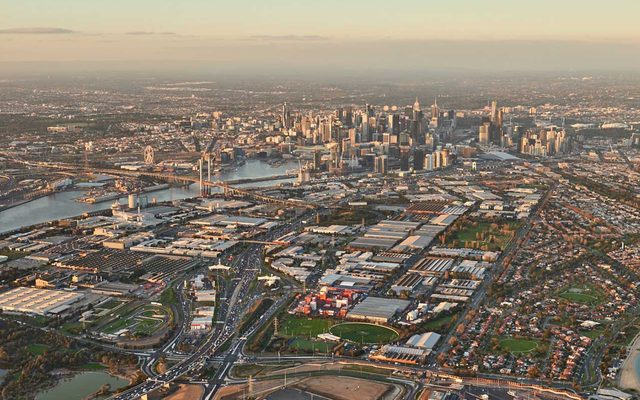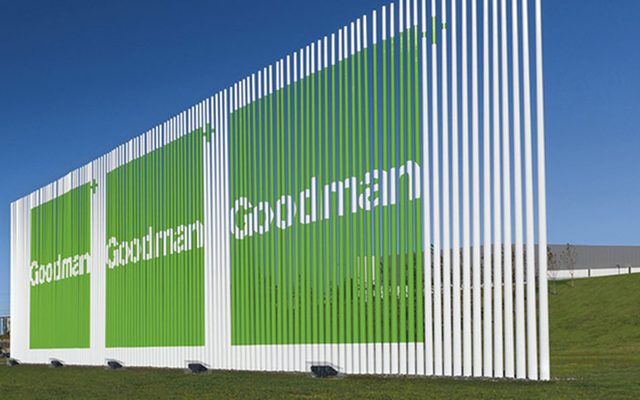This article is from the Australian Property Journal archive
THE boom of generative AI may be cut off at the knees by limits in power availability and supply chain capacity, not to mention the risk to ESG commitments.
Turner & Townsend’s annual Data Centre Cost Index reveals that power constraints, equipment delays and a skills and materials shortage could slow the growing sector.
High-performing markets are most impacted, with the cost of the Tokyo data centre market the greatest for the second year running at US$14.3 per watt.
Singapore has become the world’s most power-constrained data centre market and is now the second most expensive market, at $US13.8 per watt.
Zurich took the third spot at US$13.3 per watt, Silicon Valley at US$12.8 per watt and New Jersey at US $12.4 per watt. With this top five comprised of the most mature markets for industrial and technological innovation.
“Technological advancements through AI and machine learning have seen rapid advances in power and cooling technologies. As data centre operators seek practical solutions to improve efficiency, reduce their impact on the environment, and minimise energy consumption, priorities will shift to renewable power sources and the advancement of liquid cooling to support high IT density,” said Simon Kearney, director and data centre cost index lead at Turner & Townsend, ANZ.
“Governments globally are realising the importance data centres play in today’s society. Microsoft is partnering with Australia’s Technical and Further Education New South Wales (TAFE NSW) to establish a data centre academy that will also extend its global skills programmes to help more than 300,000 Australians gain the capabilities they need to thrive in a cloud and AI-enabled economy.”
In Australia and New Zealand, Auckland moved way up the list from 16th place to joint sixth, thanks to its limited supply change and after seemingly losing skilled labour to Australia.
“New Zealand continues to see steady growth. Demand is consistently outstripping the capability of supply chains and the region’s ability to deliver. Skilled labour shortages and immigration to Australia are causing notable increases in cost inflation on data centre projects above 20 percent,” added Kearney.
“The data centre industry in Australia and New Zealand continues to enjoy exceptional growth, despite the economic headwinds and resource challenges the industry is facing globally.”
With Australia ranked fifth globally and the second within the Asia Pacific region for built-out capacity, after the Asia Pacific data centre market recording 1.3GW boost in capacity over the first six months of 2024, led by Sydney.
“Sydney is traditionally seen as the powerhouse of Australia’s data centre market in terms of investment,” said Kearney.
“Melbourne, however, has seen remarkable growth due to the persistent expansion of hyperscale tenants and significant investments by key players in the industry. Forecasts suggest the built-out capacity will increase by over 70% in the next two to three years.”
CBRE’s Q1 Asia Pacific Data Centre Trends report found new Australian data centre supply is now fully contracted, due largely to this rapid cloud adoption and AI demand.




